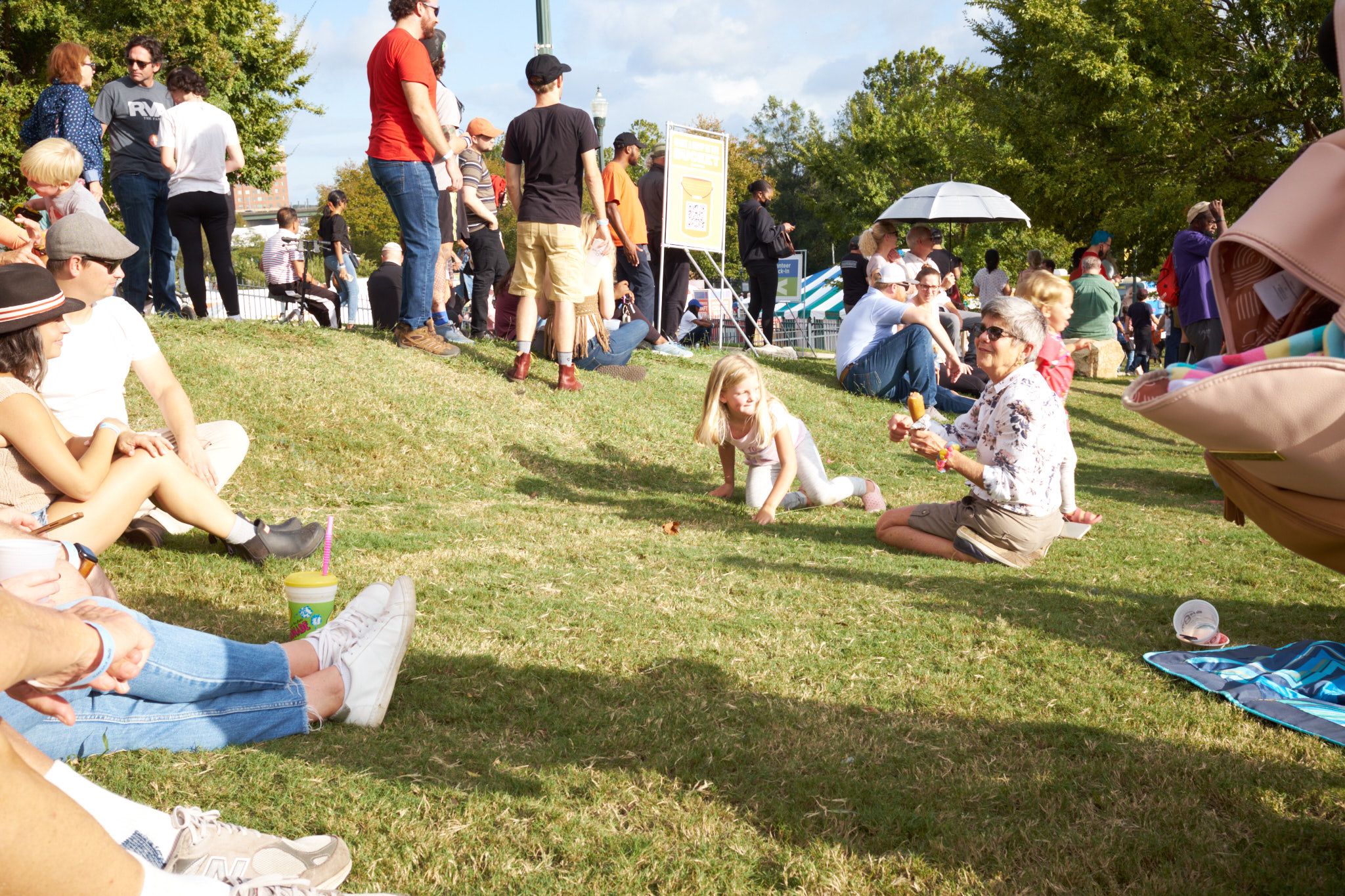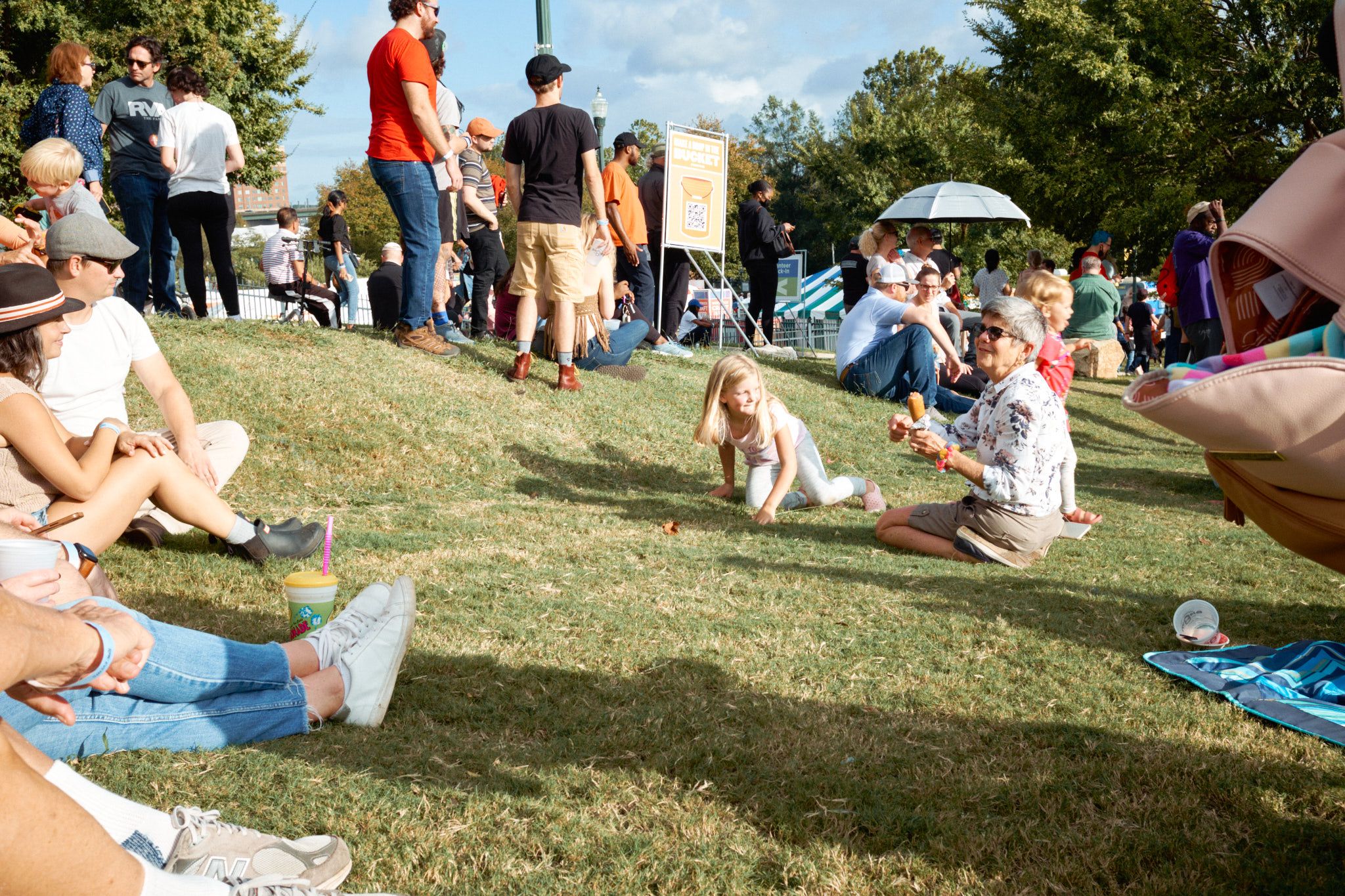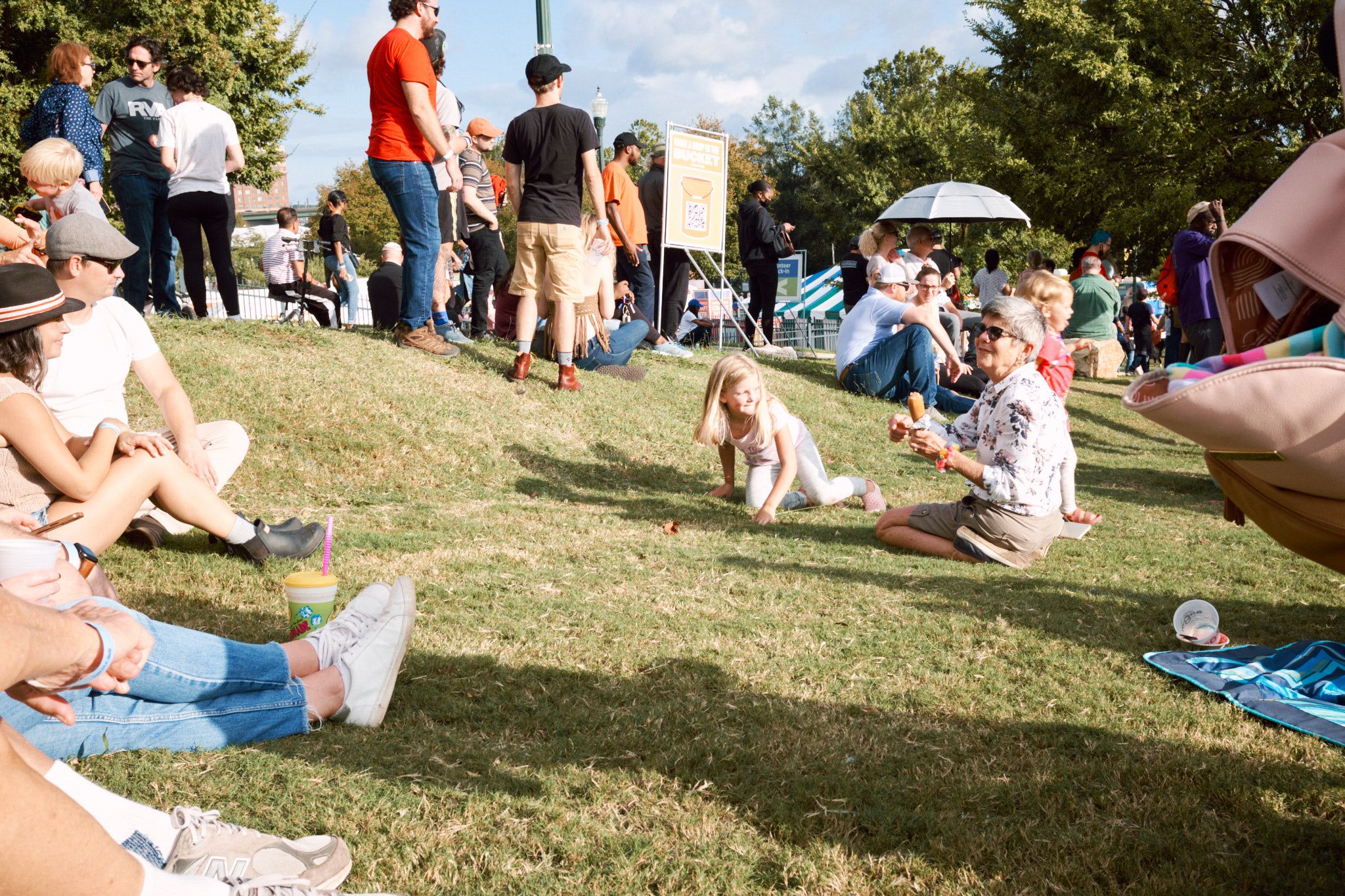Dr. Drang’s one notebook — one river of posts — iOS Translate
I really like Dr. Drang’s one notebook method. His Perl script to clean up his dictated paper index makes me want to use one notebook at home and index it the same way. But if I were to do this I’d want to use a bigger notebook than the Field Notes pocket notebook, and then where would I keep my grocery list and to-do list for the week? Those need to stay in the Field Notes because it’s so small and can go anywhere.
* * *
Somewhat related, although not really, I’m getting jealous of all the people with blogs putting all their stuff into them and not overthinking it. I’m going back to the idea of sticking with one dumb river of posts in this blog, whether I’m doing a Daily Notes kind of post, or a real Bloggy-Blog post with a title and a central idea. I’m following Jack’s lead here, where he tags his daily-journal posts (like /posts/2023/10/wednesday-october-25-2023) with “Journal” but they’re still in the same folder path as his “full” posts that have topical titles. Actually, I’m not totally following his lead because I haven’t started naming the files after the date. But it’s all a mess here anyway, so one thing at a time!
* * *
The iOS Translate app. I keep forgetting and then re-remembering that it’s right there on the phone.
Made a Shortcut to start a new Blot post
I just made an Apple Shortcut that creates a new Blot post in the /Dropbox/Apps/Blot/posts/<YYYY>/<MM>/ folder, and it works on the iPhone where I use 1Writer, and also works on the Mac where I use BBEdit. I’m too embarrassed to share the shortcut here because it’s so sloppy, but it works and it’s one less barrier between having a thought and putting it out here. Shortcuts makes it really easy to ask for “Device Details”, and you can tell it if Device Type is iPhone or iPad or Mac or whatever, then <do this stuff>.
Notes on Lightroom and Capture One catalogs
I don’t know why I don’t spend more time processing the burdensome, unceasing backlog of digital photos I have littering hard drives and SSDs. One reason may be that there’s so much there that picking a few RAW keepers and processing them feels so pointless compared to all the digital negatives vying for attention. Another is that I can never settle on just one way to edit images, so I keep going back over collection folders in Lightroom Classic and Capture One that I’ve already mentally marked as “done”, but I haven’t physically marked as “done” anywhere (whether in a text file or on paper), so they seem constantly in a draft state, with every image vying for reconsideration and re-evaluation. I should keep an org-mode file that has notes in it about every collection and how I’ve processed what’s in it, but that seems like too much work. How long would I keep that up? How quickly before it gets out of sync with what’s really in a catalog?
Here’s what I did in “notes about lightroom classic processed catalogs.org” just now:
#+title: Notes about Lightroom Classic processed catalogs
* 2023-10-08 fredericksburg trip with megan and david
- all Ricoh GR
- imported the color JPGs and the RAWs (the RAWs were all applied with the Tim Gray b/w settings)
** marked things as 1- and 2-stars. got through 20231008-R0341993.jpg before getting sleepy. have not culled any.
<2023-10-18 Wed>We will see if that helps at all. At least I won’t worry about forgetting where I left off.
Capture One 23 Pro and Fujifilm X100T experiments
After not touching Capture One in over nine months, it seemed like a good time to dip back in. I’m still a subscriber to one of their plans (it’s hard to know which one), but whatever I’m on allowed me to upgrade to v23 (confusingly also known as Build 16.2.5.9). I hate to admit it, but I’m going to need to keep C1 around just because it still deals with X-Trans sensor files better than both Lightroom Classic and Lightroom (CC).
Here’s what I’m trying today for color RAW (.RAF) files from the Fujifilm X100T, and it seems to work:
- Import with no adjustments
- Auto-adjust (limited to: White Balance, Exposure, Contrast and Brightness, and Levels)
- Apply one of these two Digistock Imperfect Kodachrome Pack filters, depending on the look you like and what the available light was:
- Grain: K25B - Classic
- Grain: K64B - Classic
I went back and forth on whether to use the Clean vs. Grain styles. I ended up going with the Grain versions because when I can’t help myself and I pixel-peep, Digistock’s formula for grain (and what C1 makes possible for grain in general) does something that results in more than just “adding grain”. I don’t know what it is, and I know it’s not real, but I like it.
Here’s the original Classic Chrome JPEG from the X100T. Overexposed, with unrecoverable highlights. I couldn’t save it:

Unprocessed RAW file. Too intense and green. Hard on the eyes:

Auto-adjust > Grain: K25B - Classic. Now we’re getting somewhere:

Auto-adjust > Grain: K64B - Classic. This is very close to Fujifilm’s Classic Chrome look, when everything works right:

October 7, 2023 Capture One Fujifilm X100T Digistock Lightroom
Pre-smartphone Siena, Italy

Piazza del Campo, Siena, Italy — Oct. 19, 2007
I’ve been a little obsessed lately with how ubiquitous smartphones have become. I think what kicked it off was seeing photo after photo in Michael Galinsky’s beautiful new reprint of The Decline of Mall Civilization, shot in the late winter of 1989 when no one even had cellphones, much less smartphones. That time is gone forever. I’ve gone down a bunch of YouTube rabbit holes, listening to people from various generations share their new appreciation for old dumbphone technology and all the things you can’t do with those devices.
I wondered: How alien would some of my own old travel photos look if I hunt for images of large numbers of people, taken in the pre-smartphone era? The answer is in that photo above, taken at Piazza del Campo in Siena in October 2007, right after the iPhone came out, but right before you saw any in the wild. The BlackBerry existed, but it had nothing like the traction that iPhones and Android phones did when they passed the point of no return.
No one in that picture was neck deep in their phones. I think I see one guy talking on a flip phone, but that’s it. Everyone else was chatting, eating, drinking, sitting with their hands folded, looking at something on paper, gesturing, etc. Some of them were probably bored, but I bet they were happier than they would have been by checking in on the river of likes from their stash of social media apps. How can we forfeit the high-resolution scenery in front of our eyeballs in favor of someone else’s thoughts and experiences delivered via impoverished little screens?
Also, I’ve noticed that browsing old Canon A570 photos (in Photos) on the iPad Air is so pleasant that I don’t know why I don’t do it more. It’s enough to make me want to switch to shooting all JPEG, highlights and shadows be damned. I’m sitting here enjoying a ton of photos I’d never really looked at closely in all these 16 years. I’m not trudging through a “library” in Lightroom Classic on my laptop and worrying about whether it’s de-mosaicing RAW files correctly. Why do I make things so difficult and slow?
A Deaf Audiophile
“Listening”: a Video Tribute to Art Dudley
Listening, an extraordinary video tribute to the late writer Art Dudley’s taste, vision, and devotion to music, premiers this month on Stereophile’s YouTube channel. The video follows the unusual path of Art’s beloved Altec Lansing Flamenco loudspeakers from their home in Upstate New York to their current residence, the listening room of deaf audiophile Bob Lichtenberg in Port Orchard, Washington.
Lichtenberg, 64, who serves as senior court program analyst for the Washington Supreme Court Interpreter Commission, began to lose his hearing at age 5. By 8, he was completely deaf. Today, he’s a confirmed audiophile with a huge LP collection and a dedicated listening room that holds several systems. He began listening to music by mapping musical vibrations emanating from a small bookshelf speaker held to his ear. From there, he moved on to HiFiMan, Sennheiser, and AKG headphones, which enabled him to map more nuanced vibrations.